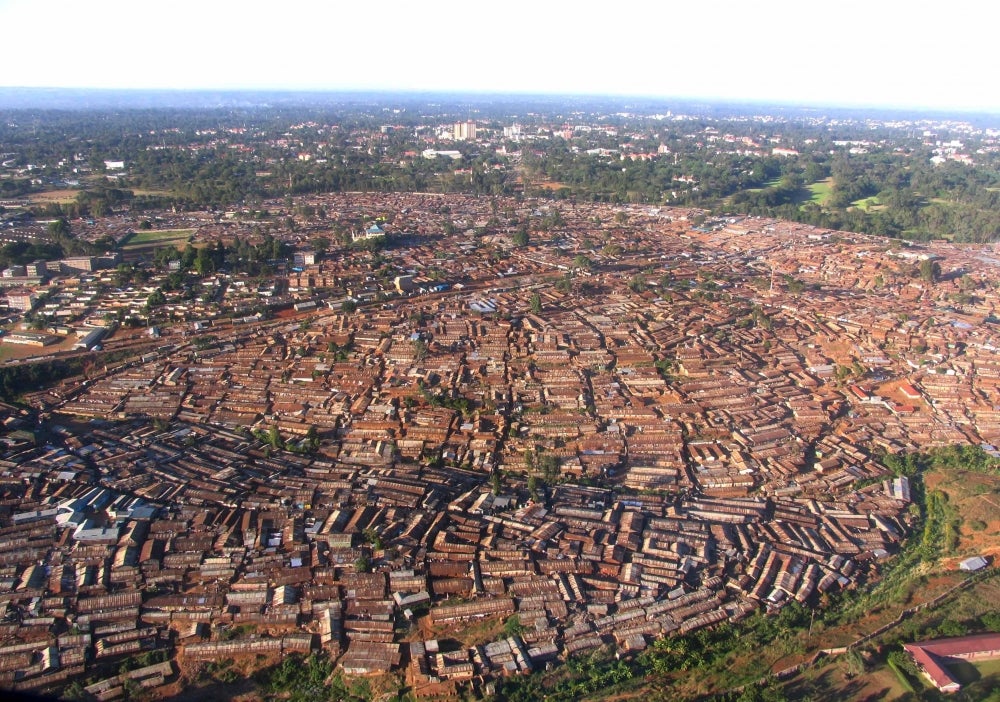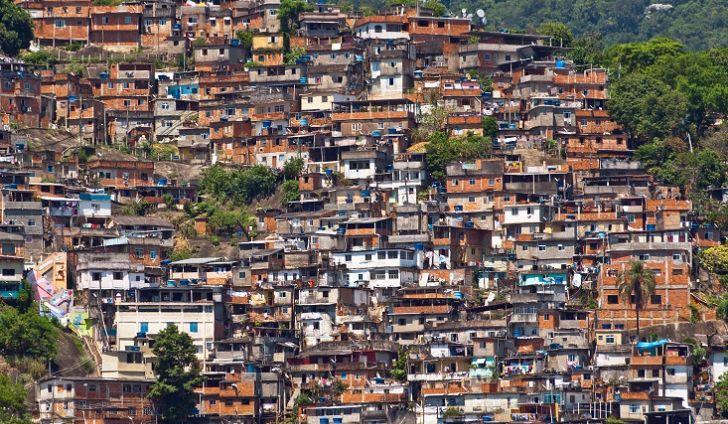Guest Lecture: Food Security as an Outcome of Urban Vulnerability: The Case of Southern Africa
Prof. Bruce Frayne, our guest lecturer, is Director and Associate Professor in the School of Environment, Enterprise and Development. He is a geographer and urban planner, teaching in the International Development program at the University of Waterloo. His expertise is within the realm of sustainable cities and related areas of human migration, urbanization and food security. Prof. Frayne’s regional focus is Sub-Saharan Africa and China.
Urbanization
‘Homo Urbanus’ is the term coined to fit the massive migration of people in pursuit of becoming the urban person, in the last decade. Urbanization is a worldwide phenomenon that occurs at different speeds and in phases, in both the developing and developed context. There is a rare opportunity emerging on the global stage, in light of Africa’s relatively late industrialization. Many in the development discourse have observed that as the continent rapidly progresses and becomes increasingly urban, Africa can be new ground for innovative urban planning, technology, and innovation. The challenge, it seems now, is to establish sustainable and progressive urban systems that do not exclude the impoverished. Arrival cities are points of entry where new migrants can allow people to build their capacities and live fulfilled opportunity-seeking lives. These areas highlight the importance of housing as a necessity for people for security, sanitation, and to live fulfilling lives. Many people associate negative connotations to these more diverse urban areas of entry, saying that they are unregulated, dangerous and have the right to be overrun by the state. However, these points of entry have essential roles to play in the transition to urbanization.

Source:Irin
Slums
Slums have formed in many large cities around the world, as a consequence of urbanization and development. Slums were even formed in New York City, in what is now known as Central Park. Slums are concentrated informal settlements occurring in urban areas. More hope for financial prosperity and employment opportunities are found in and around cities, so although slums seem distasteful and dirty from the outside, they are necessary for the transition of rural to urban. Slums can be considered a transitory phase from poverty to prosperity. Since the living conditions of these areas are noticeably of lesser quality and the population density is above average, the state is often involved in removing slums. If governments destroy these informal settlements without relocation initiatives, it makes it harder for displaced people to move up the poverty ladder. Slums are a coping strategy for the urban poor, and until the urban poor have an adequate voice, vote, and dignity that is recognized by the state, their economic condition will not improve. Slum upgrading or subsidized family relocation projects by the government could be possible improvements. Political will, funding, and community participation are three essential ingredients to the future of housing in sustainable cities. The Millennium Development Goal for slum reduction was met by 2015, however, numbers are still increasing.
The Director of UN-HABITAT in 2011 said that provision of basic needs equals poverty reduction. However, the Development as Freedom approach by Amartya Sen appears to be appropriate in this area. Poverty reduction is relative, and ultimately, it is about giving people the capacity to choose and empowering them to attain freedom. As Prof. Frayne pointed out, slums enable people to thrive so there remains a wide debate on whether they should be eliminated or whether we should let them remain.

Source: World Atlas
Food Security
Prof. Frayne spoke about his field research in Southern Africa. In the course of his research, he discovered hidden food transfer networks proliferating in Namibia. This network supports food security in urban areas, because residents from rural areas send or transport food to relatives who have resettled in urban areas. This rural-urban connection was observed in 88% of households who had a family member who had migrated to various parts of Southern Africa.
In the Sustainable Development Goal about global hunger, there is no mention of cities; in the Sustainable Development Goal of healthy cities, there is no acknowledgement of food security. This shows that the interconnected issue of urbanization and food security still needs to be recognized. With many nations almost entirely urbanized, and the rest not far behind, cities will definitely be a focal point in development.
For more information on African urban food insecurity, please visit this informative website AFSUN, or please check The End of Food by Paul Roberts.